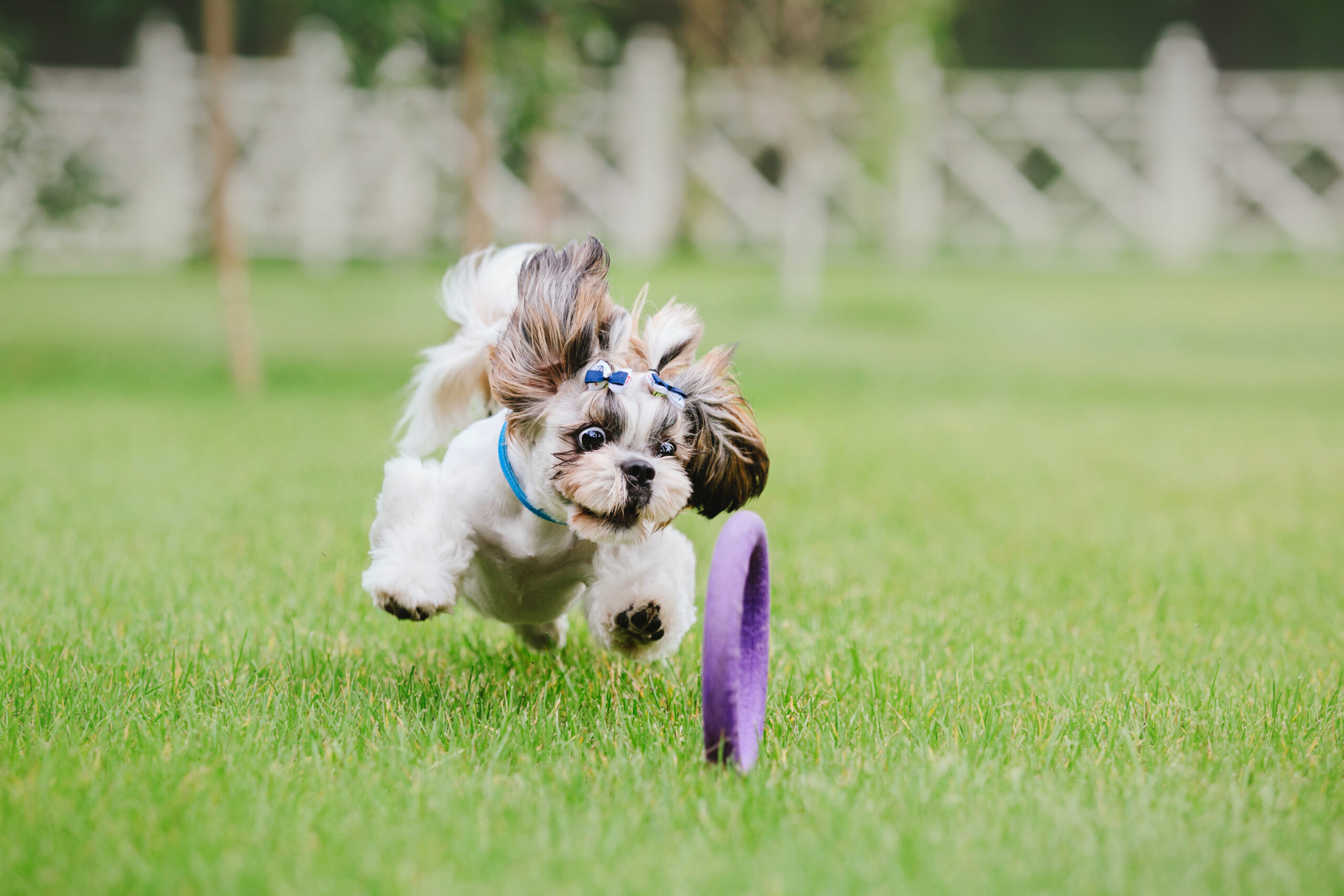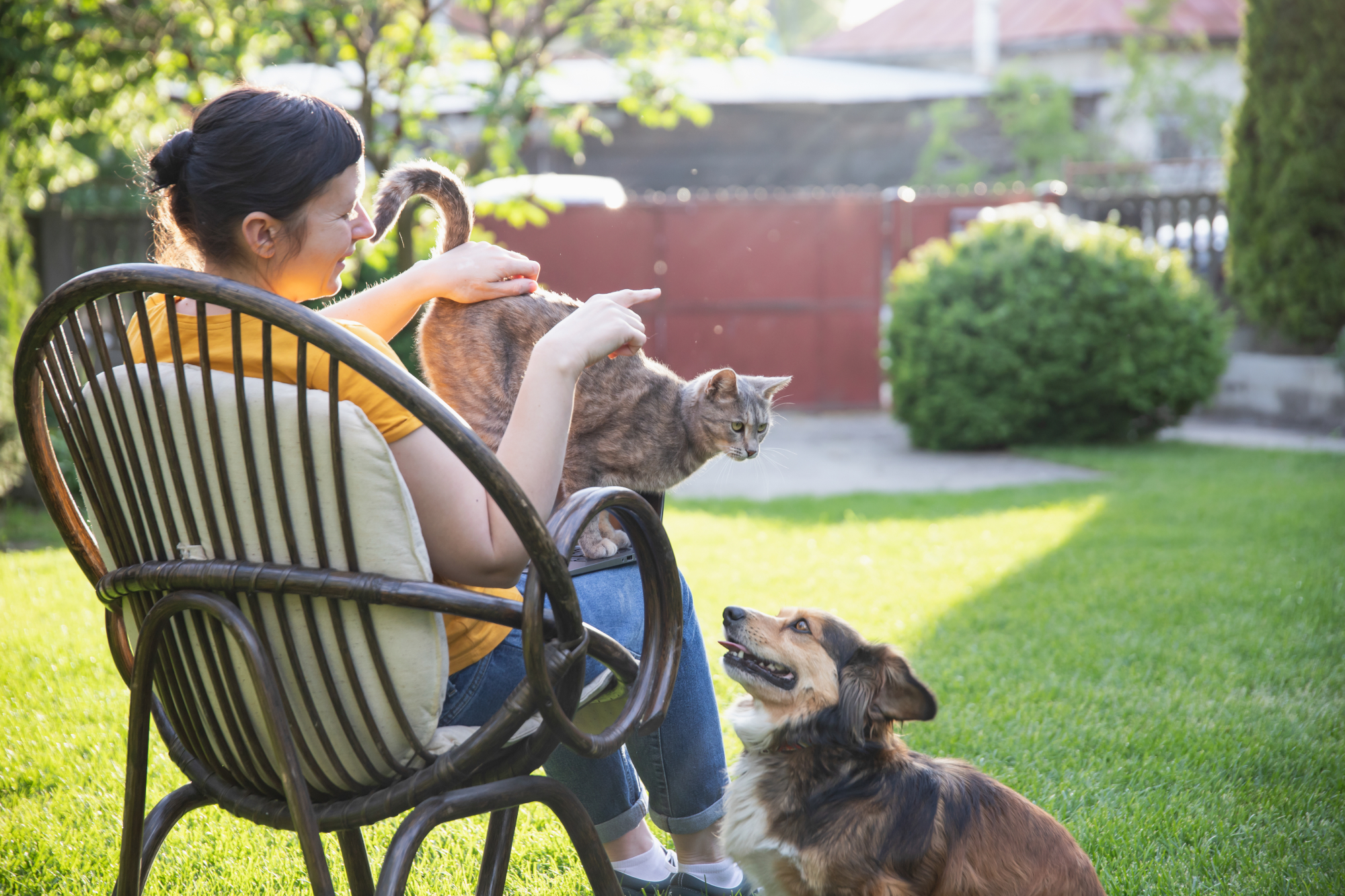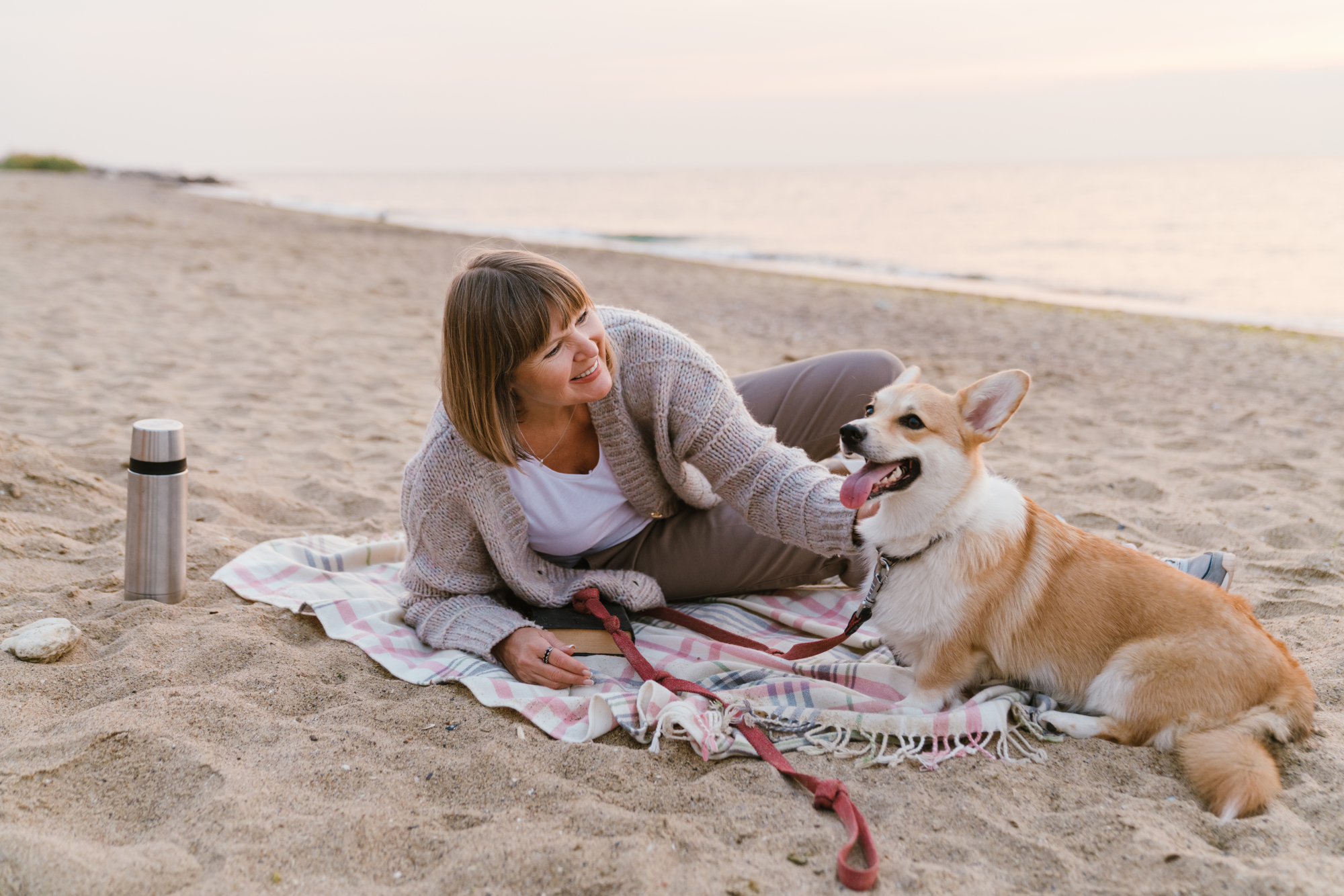Your dog is a beloved part of the family, bringing joy, love, and enthusiasm to every day they’re with us, offering unconditional companionship, and creating new memories together at every turn. Our dogs make us smile, wait for us by the door, cuddle us when we’re down, get us outside of the house, and remind us that we’re loved.
Of course, with all the amazing benefits of having a dog, we have to remind ourselves that caring for them is a huge responsibility. When you adopt a dog, you’re agreeing to care for it for its entire life—to become that animal’s caretaker and person indefinitely.
Just like providing quality food and plenty of love and attention, it’s our responsibility to ensure our dogs are getting plenty of exercise. In this guide, we’ll explain why workouts and exercise are so important for dogs, go over suggestions on how to incorporate exercise for your dog into your lifestyle, and offer a few fun workouts and exercise ideas for you and your dog both.
Why Do Dogs Need to Exercise?
One of the number one causes of health issues in dogs is obesity. It can significantly contribute to the worsening of arthritis, and decreased mobility. Obesity is also a risk factor in development of diabetes, hypothyroidism, breathing issues, and much more. Many of these conditions are difficult to treat and manage, so prevention is key. In addition to a healthy, moderate diet, exercise is the number one way to prevent these health issues in your dog.
Beyond this, exercise also offers mental stimulation to your dog, giving them a chance to interact with more of the world, become better socialized, and make them feel healthier and happier in general. Not to mention you’ll usually be exercising alongside your furry friend, so you’ll both enjoy the benefits.
Do All Dogs Need the Same Amount of Exercise?
The duration and intensity of exercise that your dog needs will vary depending on several factors, especially their age, breed, state of health, and fitness level. For example, sighthound breeds (e.g., greyhounds), retrievers, and herding breeds will need far more daily exercise than small, short-nosed brachycephalics (e.g. pugs) who are better-suited to short bursts of activity.
Similarly, age is an important factor. Puppies and senior dogs usually need less exercise than healthy dogs in their adolescent and adult years.
While you want your dog to get plenty of exercise, make sure not to let them overexert themselves—many dogs won’t respect their own limits and are more than happy to run, jump, and play until they have completely worn themselves out.
How to Introduce Exercise Into Your Dog’s Routine
If you’re trying to get into long-distance running with no prior experience, you wouldn’t strap on your shoes and go straight for a marathon. This same logic applies to your pet. Whether you’re incorporating exercise into a puppy’s life for the very first time, or are trying to help your older dog get some more daily activity, you want to gradually ease them into the routine.
Start by extending your usual walks, going perhaps a few extra blocks before going home. Then, try incorporating a short run to see how they do. Take your dog to the park with a ball or frisbee to give them a chance to run and play while still being able to take breaks and drink some water when needed.
No matter how much your dog likes to exercise, make sure not to overdo it, provide lots of rest and water when needed, and pay attention to your dog’s behaviour to make sure they’re comfortable.
Workouts and Exercise for Dogs You Can Do Together
The best exercise for your dog is the one that they actually enjoy doing. Each dog has their own unique preferences, so pay attention to which types of exercise they find fun. With that said, here are a few ideas to get you started:
- Longer Walks – This is an easy way to get more exercise for your dog without changing too much of your usual routine—simply walk for longer.
- Running – Shorter runs are a great way to help your dog blow off some steam and exercise their cardiovascular system.
- Hiking – The trickier terrain and steep hills of a hike are a great way to get exercise for your pup and experience the outdoors at the same time.
- Ball/Frisbee Playing – As we mentioned, this is a great way to incorporate running and jumping for your dog without having to work too hard yourself.
- Swimming – This is by far the most complete workout, offering exercise for nearly the entire body while also eliminating joint impact, which can cause painful issues later in life.
In any case, any exercise is good for your dog. We recommend mixing it up often to prevent them from getting bored of doing the same thing every time. This also helps to enrich and stimulate them, improving their demeanor and mood even when you’re not exercising.
As you can see, there’s a lot more to getting your dog the exercise they need than meets the eye. By considering your dog’s specific needs, understanding the importance of regular exercise, and employing multiple strategies to keep them moving, you’ll be preventing several health issues in the future. Plus, you’ll no doubt create new, cherished memories with your furry friend daily.
Creative Commons Attribution: Permission is granted to repost this article in its entirety with credit to Hastings Veterinary Hospital and a clickable link back to this page.






